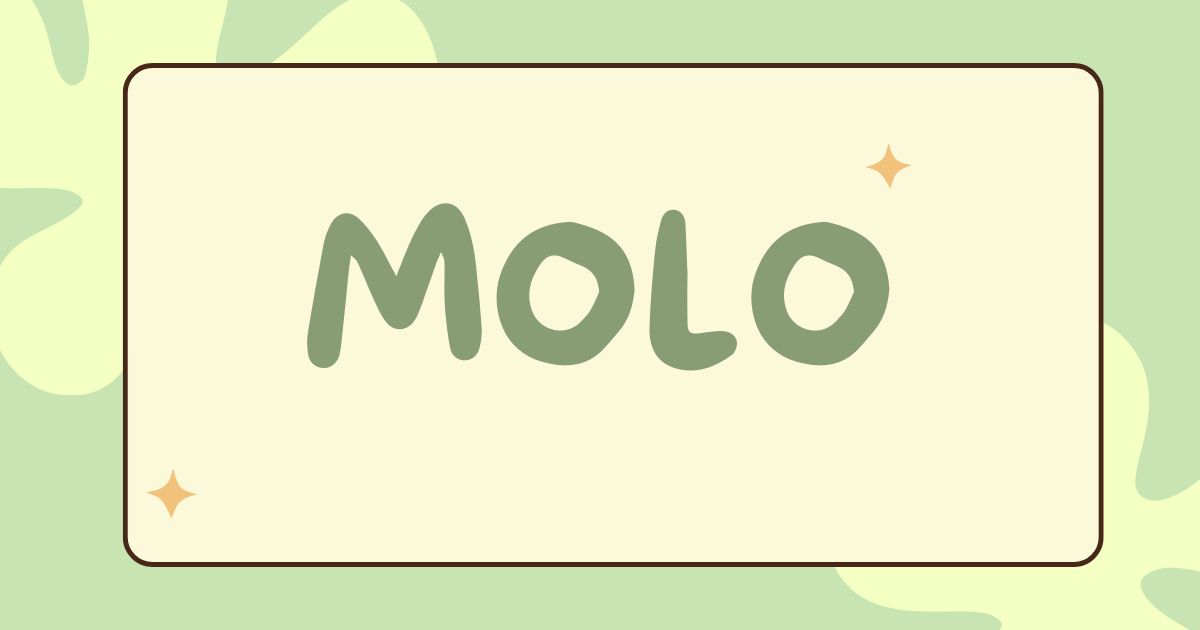“Molo” might appear simple, but this term carries deep cultural, social, and linguistic significance in various parts of the world. Its meaning shifts dramatically depending on context, location, and language. Whether it’s a warm greeting in South Africa or a brand name making waves globally, “Molo” is more than just a word—it’s an expression of identity, culture, and communication.
The South African Origin of Molo
In South Africa, particularly in Xhosa-speaking communities, “Molo” is used as a greeting, similar to “Hello” in English. It’s a polite and warm way of acknowledging someone, and it reflects the communal culture of the people. Greetings like “Molo” play a vital role in maintaining social harmony and respect within the community. The extended greeting for multiple people is “Molweni,” and learning this simple word often bridges the gap between locals and visitors.
Molo in Xhosa Culture
In Xhosa tradition, greetings like “Molo” go far beyond formality. They’re rooted in ubuntu, the African philosophy that emphasizes community, compassion, and mutual respect. When someone says “Molo,” they are not just offering a casual hello—they are acknowledging your humanity. This word opens doors, welcomes strangers, and sets the tone for meaningful interaction.
Importance of Language in Identity
Language is one of the strongest carriers of cultural identity, and “Molo” represents this perfectly. It’s a linguistic fingerprint that tells a story about where someone is from, how they see the world, and how they connect with others. In a globalized world where many indigenous languages are under threat, simple greetings like “Molo” act as everyday anchors that keep heritage alive.
Molo in Popular Culture
Beyond its traditional roots, “Molo” has entered pop culture and even business names. It’s used in songs, TV dialogues, and movies, especially those showcasing African characters or storylines. This increased visibility helps in normalizing and celebrating cultural diversity on mainstream platforms.
Molo as a Global Brand Name
Interestingly, “Molo” is also the name of a Danish children’s clothing brand that has gained international fame. Known for its vibrant prints and ethical production practices, Molo the brand has little to do with the Xhosa greeting, but the name helps in branding—it’s short, memorable, and globally palatable. This shows how one word can be interpreted in dramatically different ways across industries and cultures.
The Fashion Brand: Molo Clothing
Molo clothing was founded in 2003 and aims to create imaginative and colorful clothing that supports children’s creativity. With sustainability in focus, the brand uses organic cotton and responsible manufacturing processes. Its name, though coincidental, carries an aura of warmth and friendliness, which aligns with the brand’s ethos.
Molo as a Surname and Personal Name
“Molo” is also a surname in various cultures. People with this surname are found in the Philippines, Italy, and Latin America. It has no single origin, but it often reflects regional linguistic histories. In such cases, the name can be tied to migration patterns, historical occupations, or geographic locations.
Molo in Technology and Business
The term “Molo” is increasingly adopted in tech startups and online platforms. Its simplicity makes it ideal for apps, tools, or websites aiming for catchy brand names. Tech ventures understand that a unique, short, and cross-linguistic name like “Molo” is ideal for marketing, search engine optimization, and domain availability.
Phonetic Appeal and Memorability
Part of what makes “Molo” so popular across contexts is its phonetic structure. It’s easy to pronounce in most languages, and its two-syllable format makes it snappy and easy to remember. These attributes make it highly effective for greetings, brand names, and even digital products.
The Psychological Effect of Friendly Words
Words like “Molo” tend to produce positive emotional responses. Whether you understand its meaning or not, hearing someone say it with a smile often evokes a feeling of comfort. Psychologically, friendly sounds and open vowels tend to be more approachable, making “Molo” a welcoming word in both speech and text.
Molo as a Symbol of Connection
In its most universal form, “Molo” symbolizes connection. Whether in a South African village, a European store, or a digital startup, “Molo” acts as a bridge—linking people through language, branding, or emotion. Its versatility allows it to carry different meanings while still preserving its core essence of warmth and openness.
Using Molo in Multilingual Settings
When traveling or interacting with multilingual audiences, using greetings like “Molo” demonstrates cultural awareness. In tourism and hospitality industries in South Africa, learning local greetings goes a long way in creating genuine human connections. Visitors who use “Molo” often receive warmer welcomes and deeper cultural experiences.
Challenges in Preserving Indigenous Words
Despite its popularity, words like “Molo” face the risk of dilution or loss in an increasingly globalized world. Indigenous languages are fading, and with them go unique expressions like “Molo.” Efforts in language preservation, cultural education, and local storytelling are vital to ensure that words with rich heritage aren’t lost to time.
Molo in Education and Language Learning
Educational programs in South Africa and cultural exchange platforms worldwide are promoting the use of indigenous greetings such as “Molo.” Language apps and YouTube channels now teach Xhosa phrases, and “Molo” often features as the starting point. This not only encourages linguistic diversity but also boosts cross-cultural understanding.
The Digital Life of “Molo”
In the digital age, “Molo” lives in hashtags, memes, and video content. It’s common to see South African influencers starting their reels with “Molo guys!” This reaffirms the word’s role in modern communication, giving it new life beyond traditional boundaries. Emojis, GIFs, and stylized text now often accompany it, adding modern flair to an age-old greeting.
Cultural Festivals and the Role of Molo
During cultural festivals like Heritage Day in South Africa, “Molo” is one of the first words visitors encounter. It’s printed on banners, T-shirts, and pamphlets. Event hosts use it to welcome audiences, reminding everyone that language is a celebration of community and pride.
Why You Should Say “Molo”
Learning and using “Molo” isn’t just about speaking Xhosa—it’s about embracing cultural respect. In a world often divided by misunderstanding and miscommunication, something as simple as a greeting can be revolutionary. Saying “Molo” is an act of connection, a nod to history, and a token of unity.
Conclusion
“Molo” may be just four letters long, but its reach stretches across continents, industries, and generations. From being a heartfelt greeting in South Africa to a global fashion brand and even a startup name, “Molo” proves that words hold immense power. It’s more than a hello—it’s a handshake, a smile, a sign of respect. In learning it, using it, and celebrating it, we engage with cultures meaningfully and keep stories alive.
FAQs
What does “Molo” mean in Xhosa?
“Molo” is a greeting in Xhosa, meaning “hello” or “hi.” It’s used when speaking to one person.
Is Molo used in other languages or cultures?
Yes, it’s also a brand name, a surname, and a word used in multiple contexts globally, but its most famous use is as a South African greeting.
how do you respond to “Molo”?
You can reply with “Molo” or “Molweni” if addressing more than one person.
What is the Molo clothing brand known for?
The Molo clothing brand is known for vibrant, playful children’s clothes made with sustainability in mind.
can using “Molo” show cultural respect?
Absolutely. Using indigenous greetings like “Molo” when appropriate shows appreciation and understanding of another culture.











